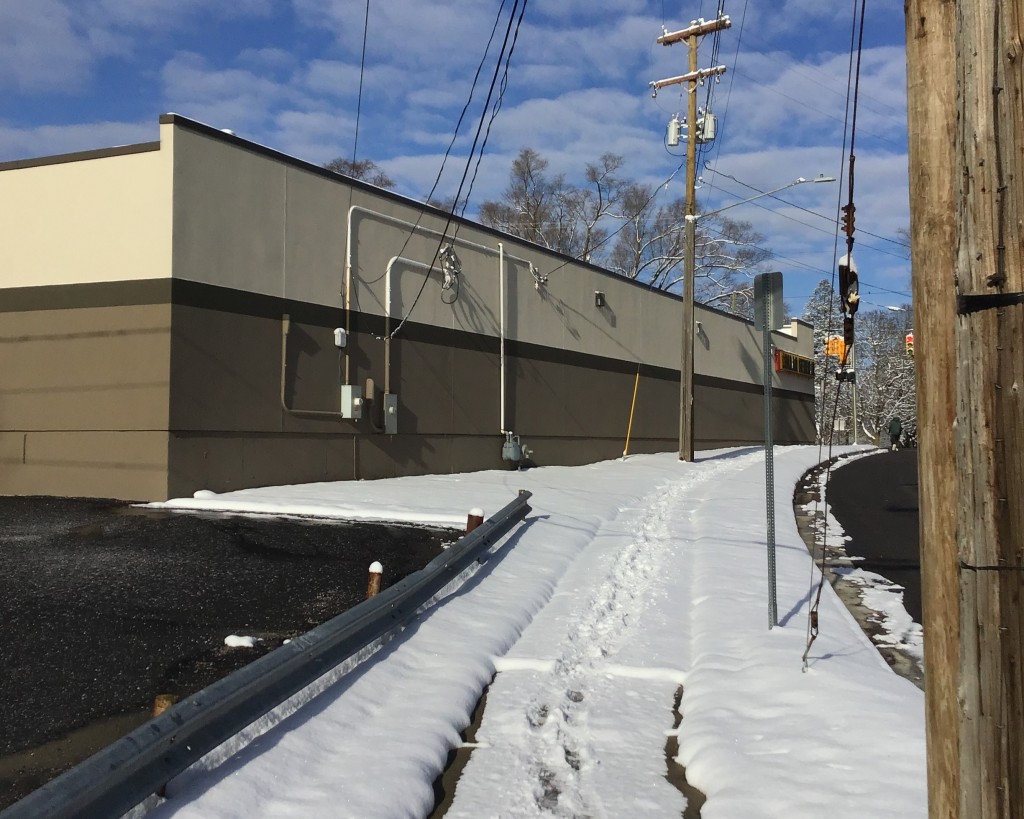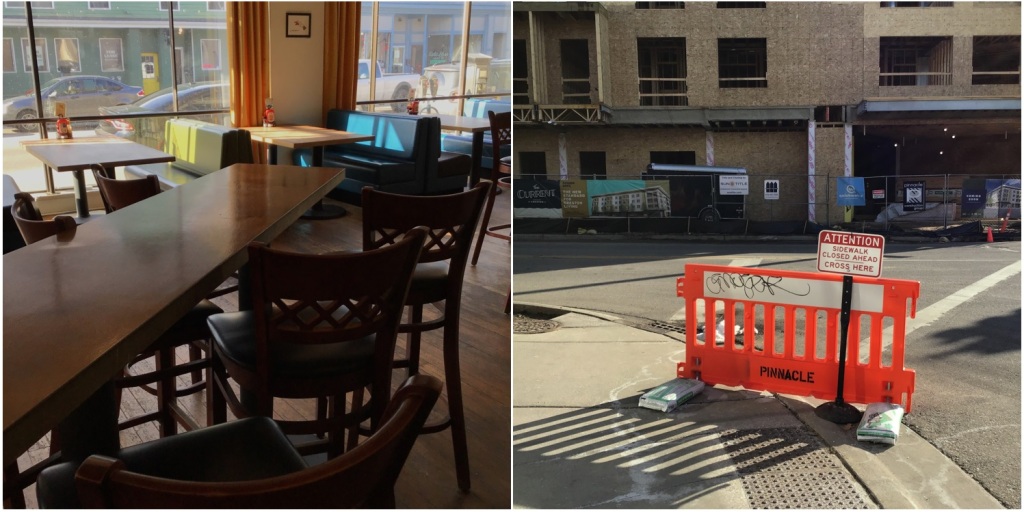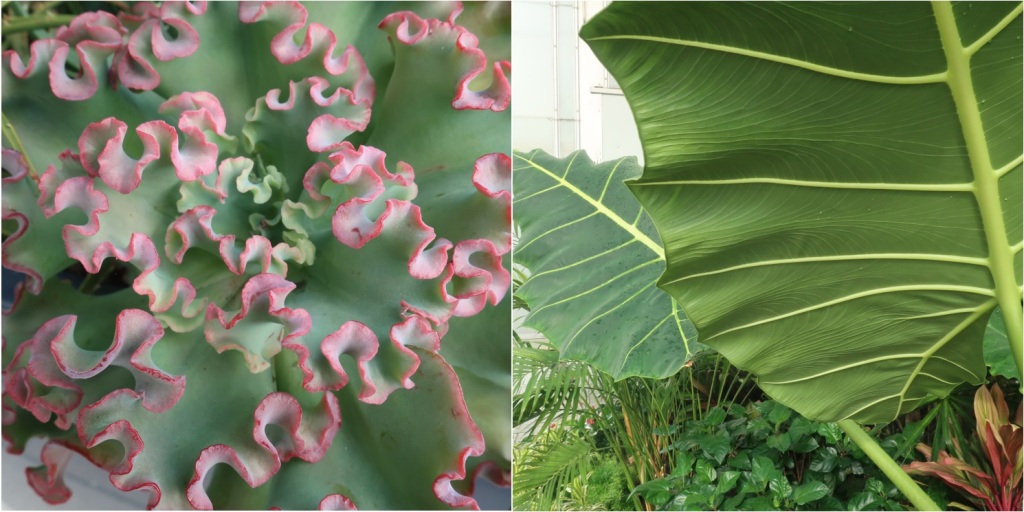
The world is filled with beautiful (and ugly) scenes that attract the photographer’s eye. Some things are found indoors and others come into view outdoors. But when the camera operator’s skill and equipment are the very best, how much of the resulting picture (or painting if the medium uses no lens or camera) comes from the unmediated beauty or ugliness of the subject, and how much comes from the interpretive skill at framing, lighting, and juxtaposing the subject in its surroundings to “look its best”? In other words, is the best possible level for a photograph that is made to document great visual art simply “gilding the lily”? Or is it possible for the photographer to add something to the viewing experience that the people who see the art in-person may fail to see?

Much like the tangible experience of encountering sculpture, the nature of architecture can also be a thing of beauty. Visitors, local residents, and people working in or near the structure may find themselves reaching for a camera (or app) to record the facets that speak to them. Snapshots are frozen moments and fixed planes of visible surfaces, though. Photos fail to capture the interconnected facets all at the same time, and they also do not portray the whole thing and its surrounding context across the flow of time; in changing light and weather and seasons. Most of all, pictures only show surfaces, so the experience of entering, walking around, or looking out from various points inside and on top of the building cannot be communicated through a lens as part of a larger, cumulative experience.
Photos (and perhaps also video) is analogous to the transposition from storybook to screen adaptation. Whereas the reader supplies some of the details only hinted at by the author, the film director spells out the exact style and likeness that is costumed, cast, and lighted in a series of “takes” that can be editing into a continuous stream for playback. Just as the movie camera demands specific locations, cast, and crew, leaving practically nothing to the imagination, so does the photograph demand a fixed standpoint and frame for what is included and excluded in a composition. In other words, it is possible to show a particular angle of view on the subject, the beautiful art piece or expression of (human) suffering, for example. But it is not very well possible to show multiple views of the subject from many perspectives. Readers participate in the story by supplying some details and assumptions. That is analogous to art gallery visitors or people admiring architecture in its setting. They participate in forming a mental image of the piece on display. In contrast, the movie-goer, just like the person looking at a photo composition, looks at a scene that represents a particular angle of view and a specific interpretation. Original interaction with an artwork invites the person to get to know it, but a photo of that artwork is only for identifying its likeness. One is a living subject, the other is an autopsy suitable for analyzing or illustrating a general lesson.

Beyond the confines of art gallery, picture frame, or the functional design of architecture, there are many other cases of beautiful things out in the world that have an inherent beauty or wonder. The subjects in the screenshot above have prominent geometric expressions, for example. In this case the photo does not add to the subject in its natural glory, waiting to be noticed by passing eyes and hearts. But the photographic representation does create a persistent moment to admire, even after the scene and subject have changed in lighting or other conditions seen in the picture. Furthermore, the photo moment draws a frame around the subject so that viewers are not distracted by co-occurring subjects. As such the viewer’s attention is focalized to what is in the composition. Visitors are seeing what the photographer was seeing (and thinking, too, perhaps).
In summary, taking a picture of something lovely does not make the thing any more or any less beautiful. But converting a specific place and time into portable, publishable, two-dimensional form makes it possible for more people to see and share with others. A photo can’t be judged in relation to the subject portrayed. Each medium has worth: the original in its context may be the gold standard since a photo or series of photos can only be fragments of the whole, frozen moments. A viewer is able to see something appealing or maybe overlooked by seeing the compositions made by photographers. Photographs of paintings, sculpture, architecture, music ensembles or theatrical performances do not bear an equivalence to the actual people, places and things. But the photo is a shorthand record of the fully formed beauty of visual and performing art, or the artful scenes found in nature and in cityscapes, too. As such the photo can generate interest that could then motivate people to seek out the original art. The photo is not the thing, but it can sometimes be a facsimile, an alternative mirror, and a compact introduction to the thing itself.














